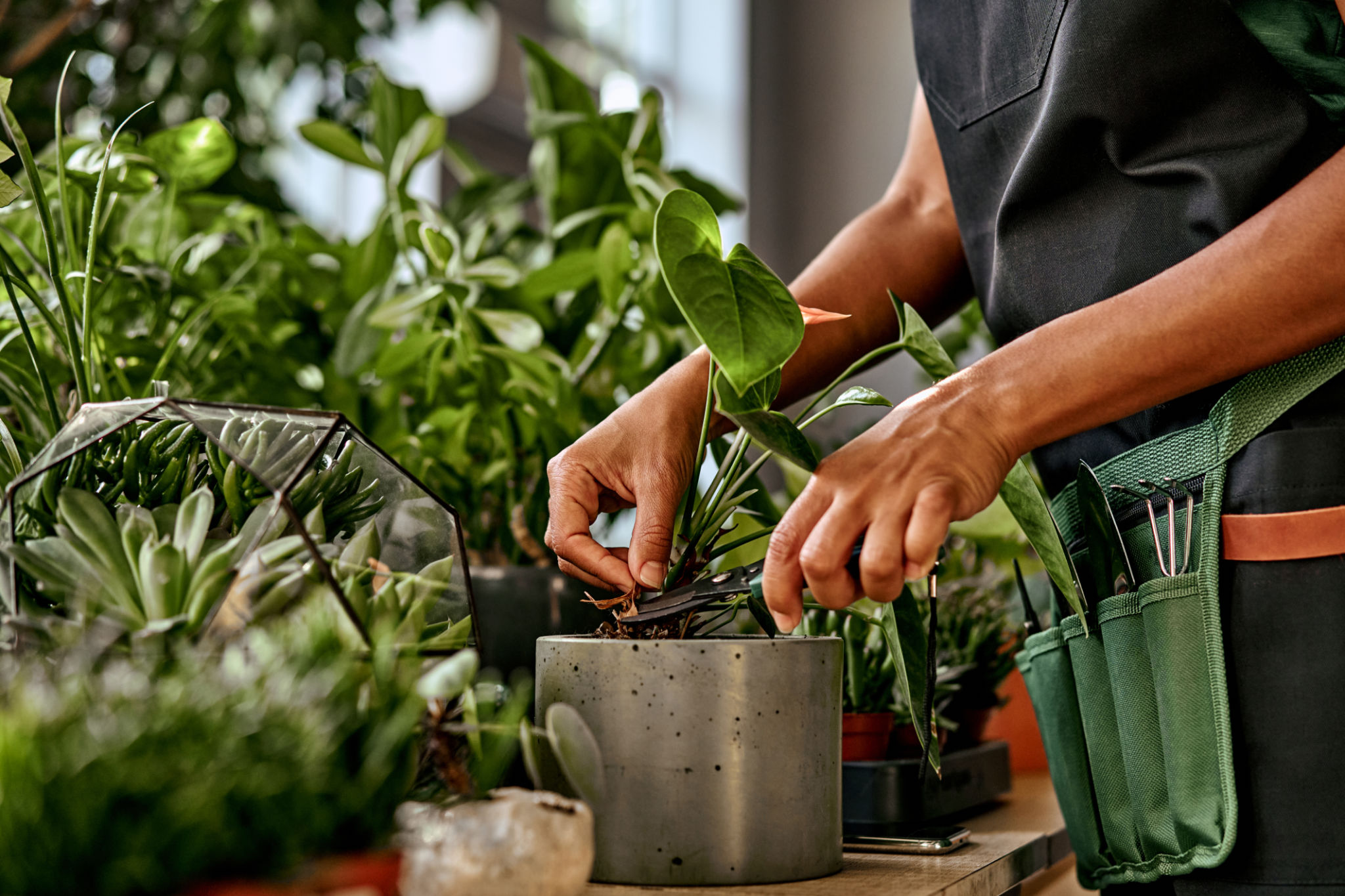Debunking Myths: Do Air Purifying Plants Really Work?
The Popularity of Air Purifying Plants
In recent years, air purifying plants have gained immense popularity as a natural solution for improving indoor air quality. These plants are believed to filter out toxins and pollutants, making your home environment healthier. But do they really work as effectively as claimed? Let's delve into the science behind these green companions and separate fact from fiction.

The Science Behind Air Purifying Plants
The concept of air purifying plants originated from a 1989 NASA study that investigated how plants could improve air quality in space stations. The study showed that certain plants can remove volatile organic compounds (VOCs) from the air. However, it's important to note that these experiments were conducted under controlled conditions with a high concentration of pollutants.
In real-world scenarios, the efficiency of plants in purifying air is subject to various factors such as plant type, size, and the environment in which they are placed. While plants do absorb some pollutants, their impact on overall air quality in a typical home is limited compared to mechanical air purifiers or proper ventilation.
Common Myths About Air Purifying Plants
There are several myths surrounding the effectiveness of air purifying plants. Here are a few common misconceptions:
- Myth 1: All plants clean the air equally. In reality, only specific plants like the peace lily, snake plant, and spider plant have been shown to remove certain toxins effectively.
- Myth 2: A few plants can significantly improve indoor air quality. You would need a substantial number of plants to make a noticeable difference in air purification.
- Myth 3: Plants can replace air purifiers. While beneficial, plants alone cannot replace the efficiency of modern air purifiers designed to handle larger volumes of air.

Benefits Beyond Air Purification
Despite their limited capacity for air purification, these plants offer other notable benefits. They contribute to psychological well-being by reducing stress and enhancing mood. Additionally, they improve humidity levels indoors, which can be beneficial in dry environments. Their aesthetic appeal also adds a touch of nature, making spaces more inviting and vibrant.
Moreover, tending to plants can be a therapeutic activity, offering a sense of accomplishment and relaxation. The presence of greenery in indoor settings is linked to increased productivity and creativity, making them popular choices for home offices and workspaces.
Practical Tips for Using Air Purifying Plants
If you decide to incorporate air purifying plants into your home, consider the following tips:
- Choose a variety of plants known for their air-purifying properties.
- Ensure proper care by maintaining the right light, water, and soil conditions for each plant type.
- Place plants strategically throughout your home to maximize their aesthetic and psychological benefits.

The Role of Plants in a Holistic Approach
While air purifying plants alone may not drastically improve air quality, they play an essential role in a holistic approach to creating a healthier indoor environment. Combining the presence of these plants with regular ventilation, using air purifiers, and minimizing indoor pollutants can lead to better air quality and overall well-being.
The allure of air purifying plants lies not only in their ability to cleanse the air but also in their capacity to enhance our living spaces. By understanding their true benefits and limitations, you can make informed decisions on how best to utilize them in your home. Embrace these green companions not just for cleaner air but for a more harmonious and pleasant living environment.